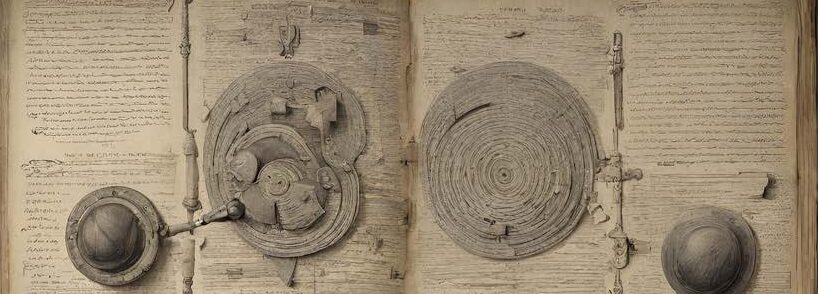
Introduction
A keyboard is an input device that is used with a computer to perform functions and enter characters such as letters, numbers, and more by pressing keys on the keyboard into the computer (Hope, 2023). Moreover, the keyboard is modeled after the typewriter keyboard which also uses keys to input characters (Bellis, 2020). Nowadays, there are many variations of the keyboard that we use every day to perform our activities on our devices like the classic keyboard which has many different versions like the QWERTY, DVORAK, and more (Hope, 2023). There is the virtual keyboard and on-screen keyboard, which are also utilized in devices like phones, laptops, and more. Overall, it is safe to say that the keyboard is an essential component of devices used today.
Where It All Began
The history of the modern keyboard originates from the creation of the typewriter (Bellis, 2020). In 1868, Christopher Latham Sholes acquired a patent for the first practical modern typewriter. In 1877, the Remington Company started mass marketing the first typewriters (Bellis, 2020). Furthermore, the first produced typewriters were modeled after sewing machines which came with a foot pedal to control carriage returns since Remington was also producing sewing machines at the time (Typing, 2022). More importantly, that is one of the many types of typewriters that was created as the typewriter evolved through time in which new models were released and came in various types. (Image: https://www.daskeyboard.com/blog/typing-through-time-the-history-of-the-keyboard/)

Early Development of the Keyboard
As typewriters were used during the time between the 50s and 70s, computers were on the rise in becoming a consumer-friendly product (Typing, 2022). In 1946, the first computer, ENIAC was manufactured, and teletype was used to enter data by using cards that were punched by keypunches and then analyzing it using a card reader which creates the data (Typing, 2022). In 1948, a new computer called the BINAC computer applied an electro-mechanically controlled typewriter to enter data right onto magnetic tape which gives computer data and print results (Bellis, 2020). A major problem of the early computers was the process of transmitting data was slow by having too many electro-mechanical steps (Bellis, 2020). Thankfully, a solution to the problem was implementing VDT technology and electric keyboards, the keys could send electronic impulses directly to computers to save more time (Bellis, 2020). In 1991, one of the first handheld devices was the HP95LX which introduced mobile computing and had a small QWERTY keyboard which was difficult to type due to its small size (Bellis, 2020).
Various Layouts Through Time
The most used and known layout is the QWERTY which is named on the positioning of the keys in the top left row. Furthermore, the keys are laid out in that order to slow typists down since they would type quickly which would jam the keys (Typing, 2022). Moreover, the first typewriter with the QWERTY layout was produced by Christopher Latham Sholes and Carlos Glidden in 1874 (Typing, 2022). Throughout time the QWERTY layout stayed consistent with small changes, for example, the shift key was not in the original model of the keyboard as all the letters were typed in upper case but was introduced later in the 19th century which allowed people to type either in upper or lower case (Typing, 2022). On the other hand, the Dvorak layout introduced by Dr. Dvorak in 1936 was primarily created to offer an intuitive and efficient experience for modern typists and studied the physiology of the hand which designed two additional layouts for people to type with one hand either right or left (Typing, 2022). Overall, many other keyboard layouts were introduced but the QWERTY layout remains the favorite.


Writing and Reading
The keyboard is an essential device that I use for writing and reading. Furthermore, I find it easy to write my thoughts efficiently and quickly. It makes writing simpler by editing in which I can perform functions like copy, paste, delete, and more. Using the keyboard is satisfying for me because when I type it feels nice and makes a distinct sound which creates a satisfying element. Whenever I read and try to find a word I press the “CTRL+F” key and type in the word which helps me find it in seconds. On the other hand, writing by hand offers a more personal and different experience since it is slower and more creative. Overall, the keyboard makes everything simpler since it is efficient which makes my writing and reading experience comfortable.
References
- Bellis, M. (2020, January 13). The History of the Computer Keyboard. ThoughtCo. https://www.thoughtco.com/history-of-the-computer-keyboard-1991402
- Hope, C. (2021, August 16). What is a keyboard?. Computer Hope. https://www.computerhope.com/jargon/k/keyboard.htm#types
- Typing through time: Keyboard history. Typing Through Time: Keyboard History. (2022, June 6). https://www.daskeyboard.com/blog/typing-through-time-the-history-of-the-keyboard/


